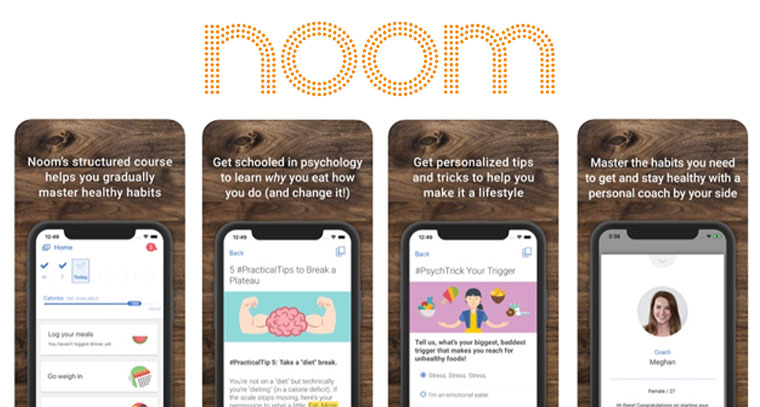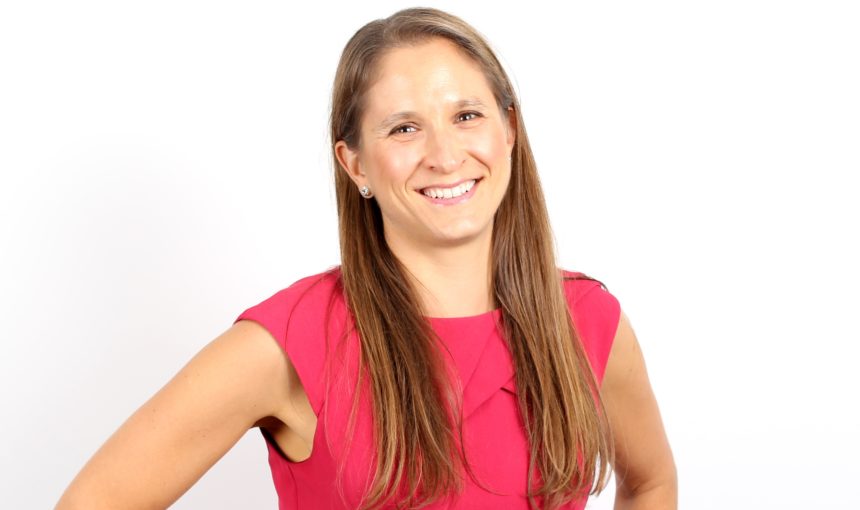‘Tis the season for wishful thinking. The start of a new year often sparks new eating habits, well-intentioned gym memberships and the shedding of vices. It’s also all about advertising for things to help you with these ambitions — and, lately, a weight-loss app called Noom is everywhere we look. It’s on every TV channel and our Facebook and Instagram feeds; it has forged a partnership with Novo Nordisk’s Saxenda and collaborated with Eversana to branch out of weight loss and into chronic disease management.
So we drank the green juice Kool-Aid and signed up. And what we found is that there’s actually a ton that life science marketers can learn from the app that’s been dubbed “Weight Watchers for Millennials.”
Developed with behavioral psychology principles in mind, Noom is all about conquering the mental side of weight loss. The app’s ability to do this — both in the way its program is set up and how it keeps dieters engaged — has led to the company’s increasing prominence. Since its relaunch in December 2017, over 45 million people have joined Noom. In an independent study, 77% reported achieving their weight-loss goals after nine months.
So what exactly does Noom do that’s so darn smart? And how can the healthcare industry repurpose these moves in the realms of disease education, treatment adherence and lifestyle management?

Hyper-personalization = high value
From the beginning, Noom makes it clear that it is focused on you, the person. Its website only offers one action on its homepage: An invitation to start answering questions about yourself.
After you emerge from Noom’s extensive questionnaire, you have three things to show for your online confessional:
- A Noom-projected goal timeline, based on your demographic/health info
- A Noom-delivered plan to make it happen, customized by your current habits and mentalities on eating and exercise
- An intense sense of investment. You have just given a lot of yourself to Noom, in both time and information, so why not see what the app can give you?
Noom’s focus on personalization doesn’t stop at plan development. The app consistently weaves your questionnaire responses into its communications. It asks new questions each day to enhance your experience and results (more on this later) and even pairs you with a personal coach who checks in and offers tips via the app’s messaging system.
Borrow this: Noom proves that the sign-up/info-gathering experience for a program cannot be underestimated. Going deep with questions indicates a more personal experience is forthcoming, and the added data creates a wealth of possibilities for both engagement and segmentation.
So don’t hold back on those symptom screeners, newsletter sign-ups and adherence programs. Emulate Noom’s human approach to getting to know someone beyond his or her gender and age range. What’s holding them back? What motivates them? Where are they looking for extra support?
And don’t forget to deliver against that additional info. Encourage physicians to engage the non-symptom topics on your symptom screener, pull through the personalization by sending them relevant content and build behavioral motivators into your adherence program.
Entice with expertise
Noom is proud to be nerdy – so much so that, in its daily communications to users, it concludes many of its scientific proclamations with “#nerd.” This orientation works especially well for Noom’s premise, which is to educate users about the psychological traps and triggers that thwart most diets.
For example, each Noom user receives a daily to-do list containing a bite-sized health lesson and a quiz or questionnaire. Here, Noom shows off its nerdiness by using fun, swipeable cards to educate and test users on otherwise snoozy subjects such as caloric density and psychological behavior chains. Noom enthusiasts rave about all the a-ha! moments that are prompted by these lessons.
Noom also knows that dieters start strong and motivated, only to fade after the first few signs of hardship. They pace their lessons accordingly: a slow-drip of content that is easily consumed while brushing your teeth versus a library full of resources accessible on day one. This pace cleverly keeps users tied to Noom as the teacher and creates constant curiosity of what insights could be waiting in the next day’s lesson. Isn’t it just like a diet app to always leave you a little hungry?
Borrow this: Don’t be afraid to blind users with science. Health info-seekers are hungry for answers and often on a personal mission to become as educated as their healthcare providers. Become their one-stop shop by putting more thought and effort into disease education. And for those with chronic conditions, a moderately-paced educational journey may be more engaging and enticing than an info dump.
Have human expectations
Chances are that Noom doesn’t represent most users’ first attempt at weight loss. It’s likely not even their second or third attempt, which means quitting the program and relapsing on bad habits is a distinct possibility with Noom as well.
Noom knows all of this, partly because you told them about your past failures in the sign-up process. In each communication, it acknowledges the desires you may be feeling to deviate or quit. And then Noom delivers accountability solutions to keep you on track and motivated, whether via periodic check-ins from your coach or pairing you with a virtual support group of Noomers.
Borrow this: Changing a health behavior is hard. Whether vis-à-vis medication adherence or lifestyle changes, it’s not reasonable to think there’s only a one-way, one-track approach to success. Keep your audience engaged and on-track by acknowledging that there will be stalls, setbacks, and side excursions along the way, and provide support for those moments.
Lisa Varshney is EVP, strategic capabilities at Heartbeat








